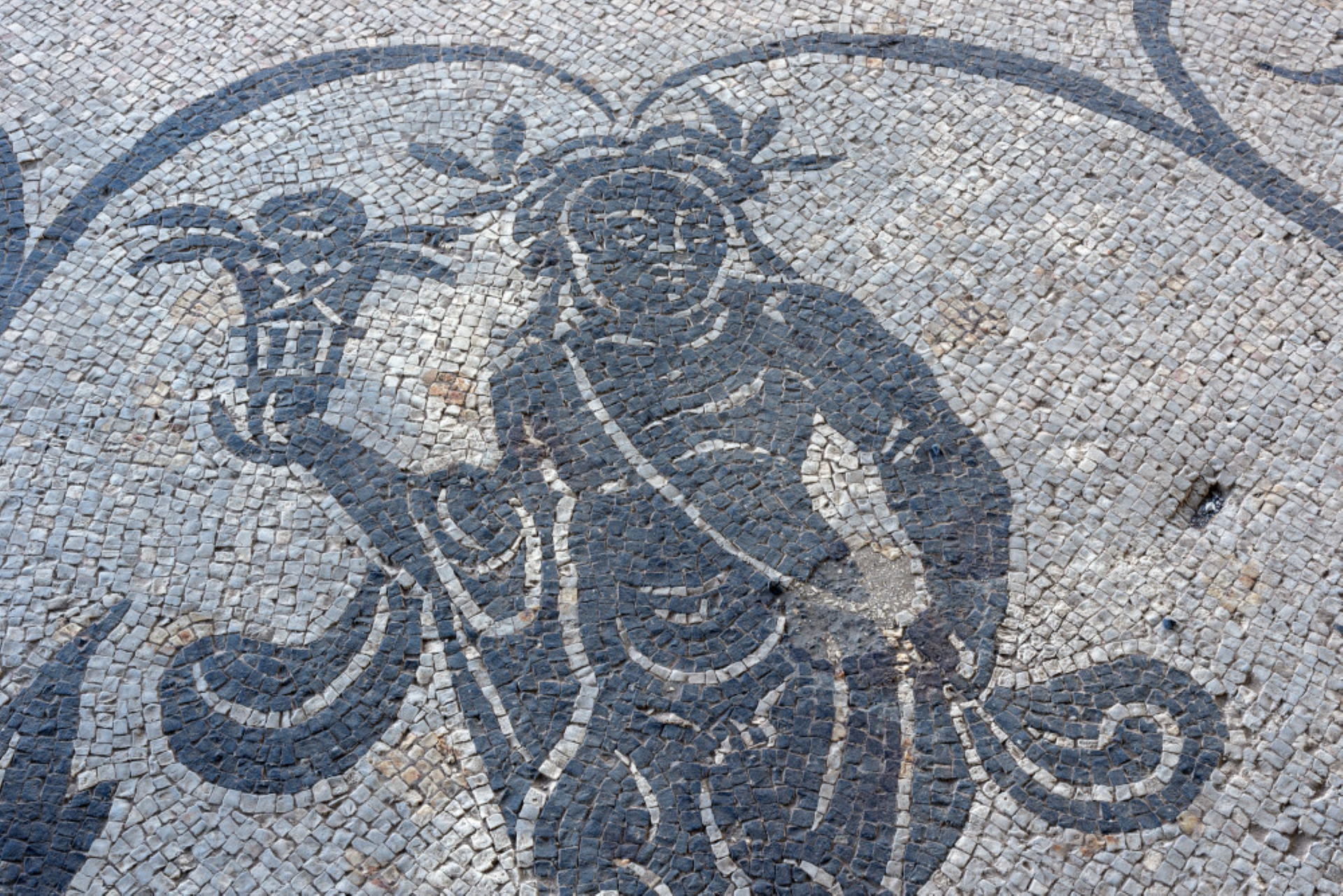
Today’s archaeological area surrounded by a pleasant park and with a timeless beauty was once the lavish residence built in ancient Rome by Livia, the charismatic third wife of Emperor Augustus: a country retreat along the ancient Via Flaminia conceived as a place of rest and relaxation away from the hectic city life.
In the ancient world, Livia’s house was known as the Villa ad Gallinas Albas (House of the White Hens), a curious name that preserves the memory of a prodigious event that occurred to Livia, a descendant of a wealthy and well-known family of republican Rome, while she was visiting her estates. As related by Pliny the Elder in his Historia Naturalis, an eagle dropped into her lap a pure white chicken carrying a laurel branch in its beak. Soothsayers pronounced that she should always keep a flock of white hens at the villa and plant a laurel grove around the villa, which she did. The laurels were then used to make triumphal wreaths.
From the end of the Empire, the complex was abandoned and inevitably became the object of spoliation and looting. The villa became famous in the second half of the 19th century: during a successful campaign of excavations, at the time still lacking a scientific method of investigation and more aimed at the recovery of objects, diggers unearthed a marble statue of Augustus (the celebrated Augustus of Prima Porta now in the Vatican Museums), and then a semi-underground room with elegantly frescoed walls, probably to be interpreted as a summer triclinium. The paintings, showing a garden in full bloom, dripping with fruit and filled with birds, were detached in 1951 to preserve them and are now on view in Rome’s Palazzo Massimo alle Terme.
Much of the ancient structures have since come to light, and today it is possible to visit the private rooms of Livia and the emperor, with an atrium and a small inner garden, and the large rooms of the reception area, overlooking a peristyle and decorated with mosaic or polychrome marble floors and frescoed walls. A large bath complex occupies the northern sector of the villa, and here archaeological investigations have revealed several phases after that of the Julio-Claudian period: two piscinæ calidæ and a natatio date from the early Flavian period, while in the Severan period a radical renovation of the facility was carried out.
A large porticoed terrace with garden, probably the grove of laurel trees recorded in the sources, adorned the eastern side of the residence, and from here one could admire the Tiber. The garden has been recently revitalised with the planting of around 60 three-meter tall laurel trees and the same number of clay olla. Finally, the Antiquarium at the entrance to the archaeological area exhibits the most significant artifacts found at the site.
Information
 Condividi
Condividi
Location
To find out about all accessibility services, visit the Rome accessible section.











































